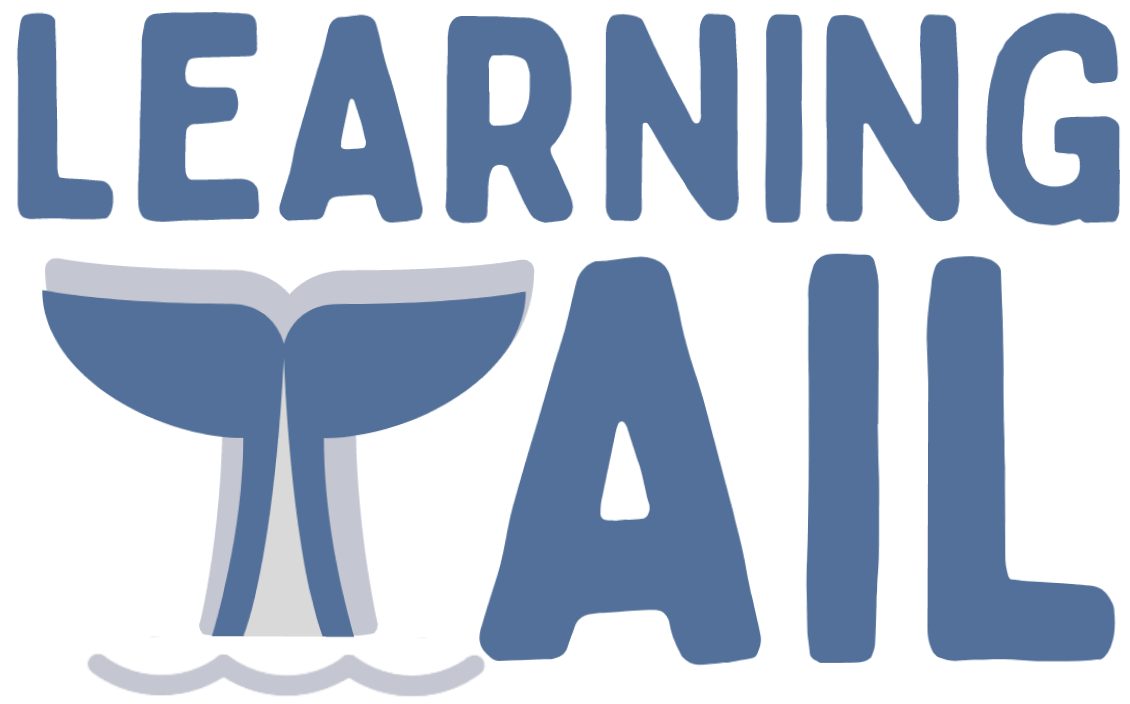Egúngún: Dancing with the Ancestors
Travel to Yoruba communities in southwestern Nigeria and step into Egúngún—a festival where swirling cloth, thunderous drums, and shimmering color make the presence of ancestors feel close enough to touch.
Travel to the Yoruba communities of southwestern Nigeria and you might see something unforgettable—a festival filled with swirling fabric, deep drumbeats, and bursts of color that seem to breathe life into the air. This is Egúngún, a celebration that honors ancestors and reminds everyone that those who came before us still walk beside us in spirit. If you’d like to bring the story to life, take a look at our Build Your Own Egúngún Costume Activity so kids can create their own blessing dance while you read.
When the Ancestors Dance
The marketplace fills with sound as drums begin their heartbeat rhythm. Children gather by their families, eyes wide, waiting. Then, a rush of color sweeps through the street—tall, moving figures completely covered in layered fabric that ripples and shines in the sun. These are the Egúngún masqueraders.
In Yoruba belief, they are not just dancers—they are the ancestors returning to visit. Each spin and bow of their costume carries a blessing: live kindly, stay strong, remember where you come from.
Words from the Yoruba Language
- Egúngún (ay-GOON-goon): The ancestors who are celebrated, and the masqueraders who represent them.
- Aso (ah-SHOW): The cloth used to build the layered costume.
- Gbedu (geh-DOO): A large ceremonial drum that sets the festival's rhythm.
Who Becomes an Egúngún?
In Yoruba culture, families are connected through generations—grandparents, great-grandparents, and ancestors from long ago are all part of everyday life. When it's time for an Egúngún festival, community elders choose someone trustworthy to wear the costume. This person must be respectful and strong, ready to carry the responsibility of representing the ancestors.
The Egúngún outfit hides the dancer completely. Dozens of fabric layers, shells, bells, and embroidered symbols shimmer as they move. Because no part of the person is visible, attention stays on the spirit and message, not on who's inside.
Preparing for the Festival
Months of preparation go into each celebration. Families save treasured fabrics from weddings, births, or special occasions, sewing them together to create new layers of memory. Skilled tailors add symbols that tell family stories—maybe a fish to honor a fisher ancestor or mountain shapes for a family of farmers. As the festival nears, drummers practice the rhythms, singers learn the praise songs, and children are taught how to greet the Egúngún with respect. For a guided maker version of those steps, explore the Build Your Own Egúngún Costume Activity, which includes printable planning sheets and vocabulary cards.
- Grandmothers polish cowrie shells to make the costume sparkle.
- Tailors hide small pockets where the dancer can tuck candies or charms.
- Children sweep the courtyard and sprinkle scented water to welcome the spirits.
When the drums begin, everyone gathers. The Egúngún moves through the crowd with sweeping fabric and a long strip of cloth called a shepe, brushing blessings across the ground. Each gesture has meaning—encouragement to work hard, care for elders, stay honest, and show gratitude. Children step forward to bow. In return, they might receive kind words, a gentle tap of the shepe, or a small gift from the costume's folds. The dance becomes a lesson: respect for ancestors and respect for each other go hand in hand.
Tradition and Respect
Some parts of the Egúngún are sacred and private, known only to those who are initiated into the tradition. Visitors are welcome to watch public performances, but it's important to ask before taking photos or getting too close. Respecting boundaries keeps the connection between the living and the ancestors strong.
Today, Egúngún is celebrated not only in Nigeria but also by Yoruba communities around the world—in London, Houston, and Salvador da Bahia, Brazil. No matter where the dance travels, its message stays the same: greet your elders first, listen with care, and always give thanks.
Symbols of Spirit: The Meaning Behind the Animals
In many Yoruba stories, animals are used to show the strengths of people and ancestors. If you imagine an Egúngún spirit wearing patterns inspired by animals, here's what some might represent:
- Leopard: Power and leadership—a guardian spirit that protects the community.
- Alligator: Adaptability and balance—able to move between two worlds, just like ancestors between the seen and unseen.
- Ram: Strength and persistence—bold enough to face challenges head-on.
- Elephant: Wisdom and memory—steady, calm, and full of dignity.
- Owl: Insight and mystery—watchful and wise, a reminder to look beyond what's obvious.
- Lion: Courage and confidence—leading with bravery and heart.
Keeping the Spirit Alive
Learning about Egúngún teaches that history isn't only in books—it's alive in movement, music, and community. When people celebrate their ancestors, they also celebrate the values those ancestors lived by: generosity, respect, and connection. Every dance, every drumbeat, and every layered costume reminds us that we are part of a much larger story—one that keeps dancing, generation after generation. Keep the celebration going by inviting kids to craft their own blessing dance with the Build Your Own Egúngún Costume Activity.
